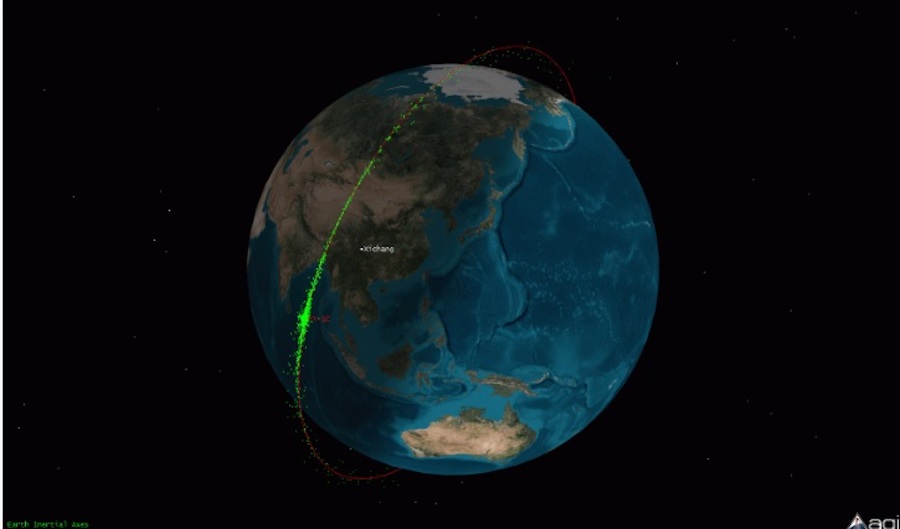Products You May Like
The 18th Space Control Squadron at Vandenberg Air Force Base is now providing “more meaningful” data on approximately 25,000 space objects.
WASHINGTON — U.S. Space Command starting Sept. 24 is providing more precise data about the location and potential interaction between objects in space, which could help predict collisions involving space junk, officials told SpaceNews.
The 18th Space Control Squadron at Vandenberg Air Force Base, California, is now providing “more meaningful” data on approximately 25,000 space objects tracked by the U.S. military, the squadron commander Lt. Col. Justin Sorice, said Sept. 24.
The 18 SPCS is responsible for the space domain awareness mission for the U.S. Space Force.
Most of the objects now orbiting the Earth are pieces of debris. Only about 3,200 of the 25,000 objects tracked by U.S. Space Command are active satellites, Sorice said. All users of the space catalog published on www.Space-Track.org will have access to the data.
Up until now, the 18th SPCS had limited conjunction screening and reporting capacity, Sorice said. The data analysis process focused on trying to predict potential collisions between active satellites or between satellites and pieces of debris. Now all objects are screened, he said. “It doesn’t mean we didn’t see those objects before but we didn’t have the capacity or processes to actually screen potential conjunctions especially between debris objects.”
Sorice said the 18 SPCS also is reducing the daily number of “spam” messages issued to satellite operators and foreign governments that included reports of nearly zero-probability of on-orbit conjunctions. Under the new process, there will be fewer but higher quality reports. “This will improve spaceflight safety by reducing the number of unnecessary conjunction reports,” he said.
The new processes for data reporting were developed jointly by U.S. Space Command and NASA’s Conjunction Assessment Risk Analysis organization. “We curtailed processes to improve the meaningfulness of conjunction data messages compared to the legacy way of doing business,” said Sorice.
“For every object we track we are calculating that object’s interaction with anything else, based on the criteria set by NASA CARA and Space Command,” he said. “Before we were only doing that with active payloads. Now we’re covering all objects in our catalog.”
The software coding for this project was done by Staff Sgt. Bailey Bourque, technical lead of the squadron’s combat development division.
“This was about doing more with what we have,” Bourque told SpaceNews. “We didn’t buy new software, we didn’t do any major upgrades. We repurposed the software we were already using.”
What changed, said Bailey, is that in the past “we did’t have the processing power. Now we increased the efficiency of our processes,” he said. “We repurposed the same process that we have used to predict satellite collisions and we are applying it to all the debris in our catalog.”
